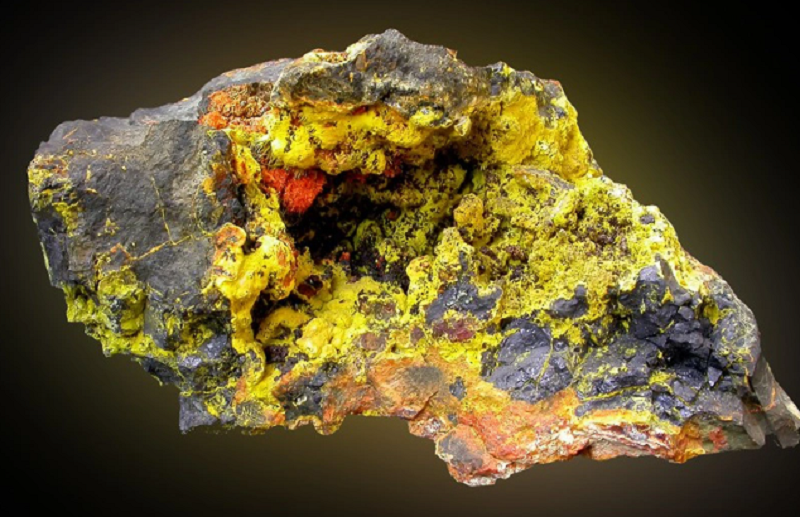According to scientists, ocean exploitation will be a strong trend in the future.
Oceans cover 70% of the Earth’s surface, host numerous geologic processes, are responsible for the formation and concentration of mineral resources, and are the ultimate repository of much eroded or degraded material. dissolve from the soil surface.
Therefore, the ocean contains a large amount of materials that are now considered the main resource for humans. According to scientists’ calculations, the ocean contains more than 40 rare minerals and metals (specific types will be included in the next article), while humans have only limited salt exploitation; magnesium; placer gold (bran gold), tin, titanium, diamonds; and fresh water.
Not many people know that sea water contains billions of tons of precious uranium.
Uranium, a naturally occurring radioactive element, is mostly used to fuel nuclear power plants. As demand for nuclear power increases globally, demand for uranium is also increasing. And the sea has it in abundance.
There are an estimated 4 billion uranium in all the world’s oceans. Despite its abundance, the biggest challenge facing humans is how to economically and effectively separate uranium from seawater, because uranium is dissolved in seawater at extremely low concentrations. only about 3 parts per billion (3 micrograms/liter).
However, if all 4 billion of these uranium can be mined, the output will be enough to meet the world’s energy needs for the next 10,000 years, according to the American Chemical Society’s Journal of Industrial & Technical Chemistry Research. (ACS) said – And that is certainly a huge, super-sustainable ‘treasure’ that many countries pursuing nuclear power programs crave.
Previously, Gary Gill, a researcher at the Pacific Northwest National Laboratory (PNNL) of the US Department of Energy, called uranium the world’s most attractive nuclear fuel and that it originates from the ocean – The largest source of uranium on Earth.



